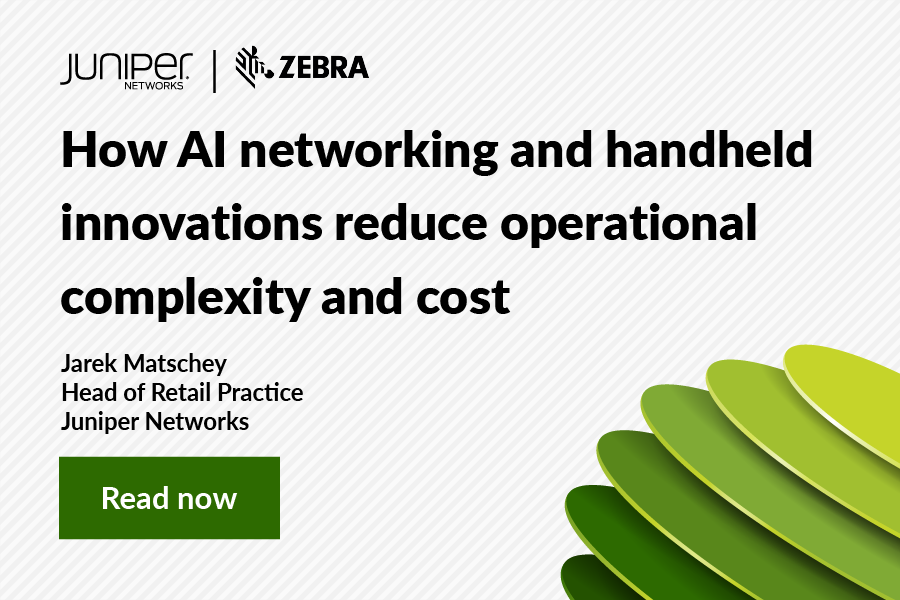 Universities and colleges have traditionally operated with facilities, student services and IT departments in isolation of each other. But in the contemporary higher education landscape, institutions are starting to collaborate with IT to embrace technology. Whether they are delivering new services, providing better student, staff and faculty experiences or reducing their carbon footprint, institutions are beginning to utilize real-time insight from the campus network to provide a more sustainable environment, while dramatically reducing operational costs.
Universities and colleges have traditionally operated with facilities, student services and IT departments in isolation of each other. But in the contemporary higher education landscape, institutions are starting to collaborate with IT to embrace technology. Whether they are delivering new services, providing better student, staff and faculty experiences or reducing their carbon footprint, institutions are beginning to utilize real-time insight from the campus network to provide a more sustainable environment, while dramatically reducing operational costs.
Lowering Carbon Emissions with Location Services
Staff salaries and company benefits are typically the highest cost for universities. The second is utilities, such as water, heating and lighting. However, by collaborating with their IT colleagues, universities and colleges can reduce costs across all departments. By building a smart campus, institutions are able to use spaces more efficiently, gain visibility into occupancy levels within buildings and drive students to and from certain areas. The network even provides the option to use selected buildings as overflow, saving higher education establishments power and money, while enabling a more sustainable environment.
For example, if the library has 50% occupancy, a smart campus can direct students from buildings with a lower population to the library. Students will receive an alert on their phone showing where study spaces are available and by clearing these quieter areas, lights and heating can be turned off to save on electricity costs. This also ensures the full facilities of the library can be utilized.
But how do universities gain this insight? Juniper’s Indoor Location Services provide real-time data across the entire campus. With Juniper driven by Mist AI, the Mist Cloud Architecture converges Wi-Fi and virtual Bluetooth LE (vBLE) to enable high accuracy location services with scalability, resilience and flexibility. The access points leverage a 16-element vBLE antenna for unparalleled user experiences and the patented vBLE technology is quickly deployed with no battery beacons or manual calibration necessary.
“Deployment of the Juniper Networks campus network solution is a big step forward, enabling us to build a smart campus that offers a new generation of mobile apps to staff and students. Juniper Networks’ open standards solution removes significant scale and performance constraints while reducing our operating costs, and it provides us with the agility to pursue our smart campus vision.”
– Su Xinglong, Director of Network and Information Center, Shaanxi Polytechnic Institute
Helping monitor footfall, spot traffic trends and manage occupancy, the insights gained from location services benefit colleges and universities in a variety of ways. From noticing when the cafeteria is overcrowded on weekdays to when it’s empty on weekends, having this information means institutions can adjust their opening hours, the extent of staff on duty and when the power is on. Ensuring lower operational costs, better on-site experiences and more efficient use of utilities now and in the future, universities and colleges can use this insight to help with sustainability initiatives.
Introducing an Environmental Strategy to a Smart Campus
Increasingly, many higher education institutions are introducing an environmental strategy with the aim of reducing their carbon footprint. Looking at how to manage environmental protection through a coherent set of measures, investments and projects, an environmental strategy aims to reduce negative impacts, generate eco-friendly services and help organizational capability by integrating resources, such as technology, knowledge and expertise.
Addressing rising utility costs, new staff, student and faculty expectations, and the world’s accelerating climate crisis, universities and colleges can implement environmental initiatives or expand existing programs, with the help of new technologies, policies and experts, all while delivering the best experiences. But how can this be achieved?
With a high-density, high-performance network from Juniper, universities and colleges can meet increased levels of network traffic without compromising scalability, sustainability or manageability. Fitting with environmental strategy plans, universities can ensure that its actions today don’t limit social, environmental and economic options in the future.
Utilizing Renewable Energy and Power-Efficient Switches
The step toward carbon neutralization, for some, has been driven by a reduction in energy and water consumption, which, in turn, results in lower overhead costs. Many higher education institutions currently use traditional oil generators, but are considering sustainable power, such as hydroelectricity, wind and solar energies.
Moving to a more sustainable approach doesn’t have to be challenging. With the Juniper Networks QFX Series Switches and EX Series Ethernet Switches, universities can consume less power than before while building an agile infrastructure that delivers uncompromising connectivity and supports stringent sustainability goals. Aligned with renewable energy, institutions can continue to help combat climate change, while seeing the advantages across the entire campus.
“Sustainability is built into our DNA. By reducing the power and cooling of the network, we are doing the best we can as an organization to uphold the university’s goals.”
– Swain Kirk, Head of ICT Infrastructure Services, James Cook University
By looking at new sustainability initiatives such as these, universities and colleges can reduce overhead costs. But these changes wouldn’t be possible without a reliable campus network. With a network that provides intelligent automation, real-time data and increased control, universities can make informed decisions on the use of renewable energy and ensure that carbon reduction is achieved, all while delivering the best student, staff and faculty experiences.
Learn more about our higher education solutions and create a campus for the future with Juniper.
For more information, sign up for our higher education newsletter.


